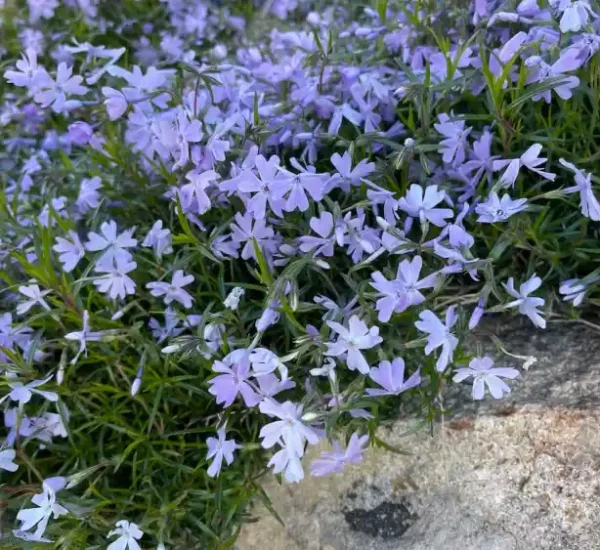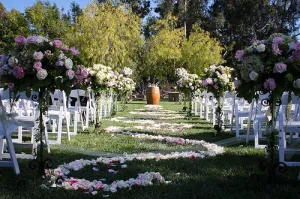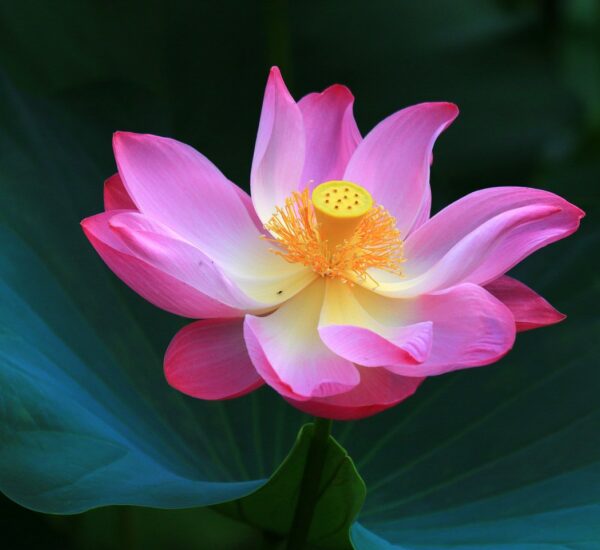Introduction
Selecting annual flowers based on their color can create stunning and vibrant garden displays. Whether you prefer warm, cool, or contrasting hues, understanding the color psychology and harmonious combinations is essential. In this expert guide, we will explore annual flowers categorized by color, providing insights into creating colorful and visually appealing gardens, with references from horticultural experts, government agencies, and academic sources.
Annual Flowers and Color
Color plays a crucial role in the aesthetics and impact of a garden, making it an essential aspect of garden design.
Warm-Colored Annual Flowers
Red
Scarlet Sage (Salvia coccinea)
This vibrant annual boasts striking red spikes of flowers, attracting pollinators and adding bold color to the garden.
Orange
Marigold (Tagetes spp.)
Marigolds come in various shades of orange, from pale apricot to deep tangerine, making them ideal for brightening up garden borders.
Cool-Colored Annual Flowers
Blue
Bachelor’s Button (Centaurea cyanus)
These delicate blue blooms add a touch of elegance to any garden and can be dried for attractive indoor arrangements.
Purple
Petunia (Petunia spp.)
Purple petunias provide a royal touch to garden beds and containers, with their profusion of trumpet-shaped blossoms.
Contrasting and Complementary Colors
Yellow
Zinnia (Zinnia spp.)
The vibrant yellow zinnias add cheerful contrast to gardens when paired with purple or blue flowering plants.
Pink
Cosmos (Cosmos bipinnatus)
Pink cosmos flowers create a stunning contrast when combined with yellow or red annuals, forming captivating garden scenes.
Color Combinations and Psychology
Understanding color combinations and psychology is vital for creating harmonious flower displays. Warm colors like red, orange, and yellow evoke excitement and energy, while cool colors like blue and purple offer a sense of calm. Contrasting and complementary colors, when strategically combined, can produce visually appealing and dynamic gardens.
Resource
Conclusion
Annual flowers can transform your garden into a tapestry of color. By choosing annuals based on color and understanding color combinations and psychology, you can design a garden that suits your preferences and creates a visually stunning and harmonious environment.
Remember to consult local horticultural experts and resources for region-specific advice on growing and caring for the annual flowers you select, ensuring they thrive and enhance your garden’s beauty.
Why is color selection important when choosing annual flowers for my garden?
How does the choice of flower color impact the overall aesthetics and appeal of my garden?
Which annual flowers are known for their warm colors, such as red and orange?
Can you provide examples of annual flowers that display warm, vibrant colors like red and orange?
What are some cool-colored annual flowers, particularly those with blue and purple hues?
Can you suggest annual flowers with cool and soothing blue and purple shades for garden planting?
Are there annual flowers available in contrasting or complementary colors, and how can I create attractive combinations?
Which annual flowers can I pair together to create striking contrasts or complementary color schemes in my garden?
How does color psychology play a role in garden design when selecting annual flowers?
What emotions or moods do different flower colors evoke, and how can I use this knowledge to enhance my garden?
Are there specific annual flowers that are associated with warm and inviting garden atmospheres?
Which annuals are best suited for creating a garden with a warm and inviting ambiance?
Which cool-colored annual flowers are known for their calming and tranquil effects in garden design?
Can you recommend cool-colored annual flowers that promote a sense of calm and tranquility in a garden?
How can I achieve a visually striking garden by combining contrasting flower colors?
What techniques or guidelines should I follow to create visually captivating gardens by using contrasting flower colors?
What are some common color combinations in garden design, and why are they effective?
Can you provide examples of well-known color combinations used in garden design and explain their visual appeal?
How can I make informed choices when selecting annual flowers based on color preferences for my garden?
What steps can I take to ensure that I make informed decisions when choosing annual flowers based on my color preferences for garden planting?
- Best THC Sodas to Buy in Arkansas - May 28, 2025
- Exploring THC-Infused Sodas in Arkansas - May 28, 2025
- THC Beverages Now Trending in Alabama - May 28, 2025




